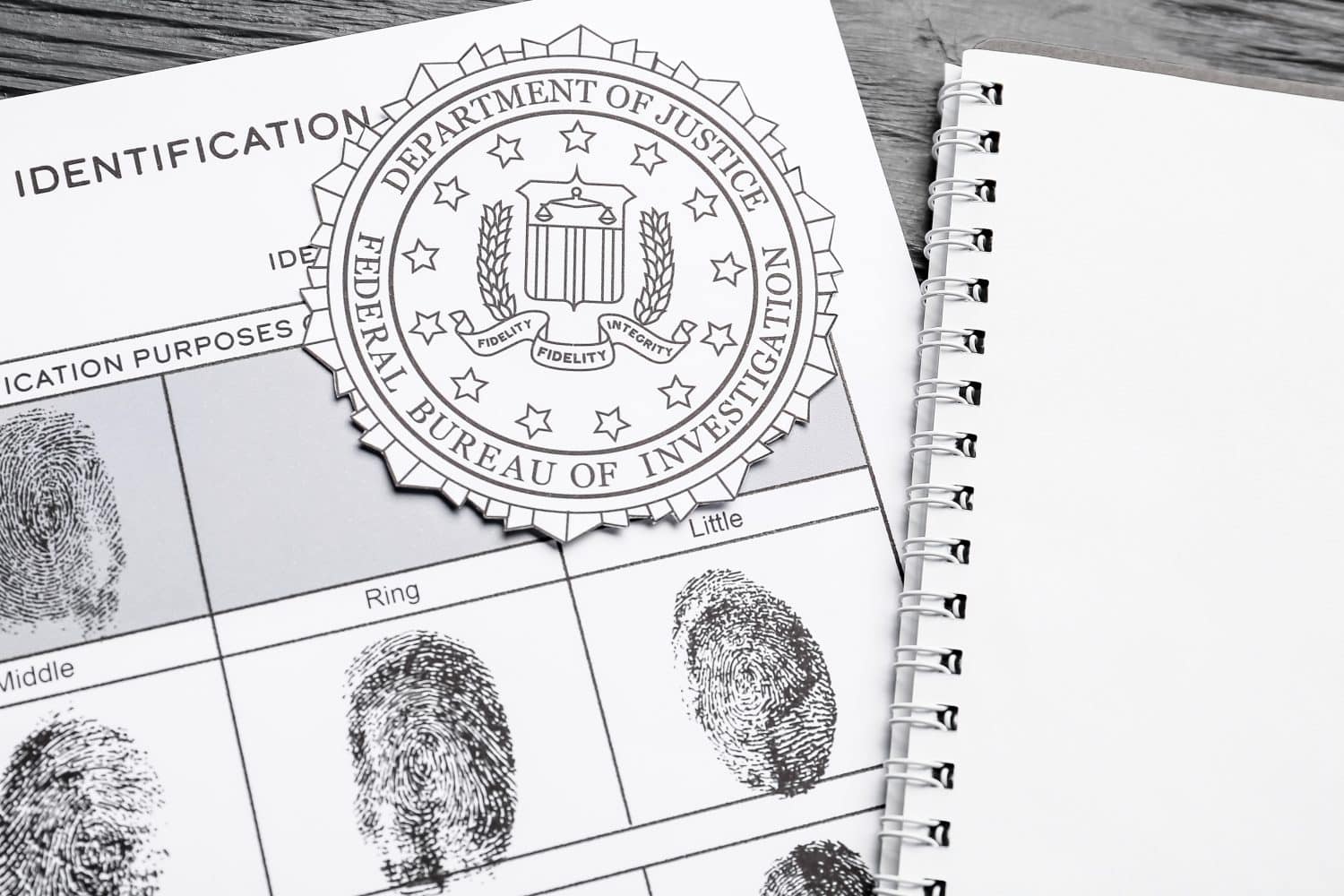The idea of the Federal Bureau of Investigation’s Most Wanted list arose from a conversation between then director of the FBI, J. Edgar Hoover, and William Kinsey Hutchinson, editor-in-chief of the International News Service. Seeking a way to promote the bureau’s “toughest guys,” the idea transformed into an article. After it received extensive positive support, the FBI officially announced the list. While some people hit the list before quickly facing capture, other people have been or were on the list for a long time.
It’s hard to say exactly what allows some criminals to evade justice for years upon decades. Judging by the entries on this list, it seems to be a mixture of quick thinking and pure luck. Some avoid prosecution by simply fleeing the country as soon as possible. Others simply disappear, with unverified reports of their presence surfacing every few years. Whatever the case, some fugitives flee successfully. In this article, we will discuss people on the FBI’s Most Wanted list for the longest time. (For other FBI escapades, discover the longest manhunts in FBI history.)
To compile a list of the people on the FBI’s Most Wanted list for the longest time, 24/7 Tempo consulted a range of true-crime and government publications including Statista, Uncovered.com, and FBI.gov. Next, we compared sources and determined the fugitives who spent the longest time on the rankings. After that, we confirmed aspects of each fugitive’s story using sites like Slate.com and Britannica.com.
Victor Manuel Gerena
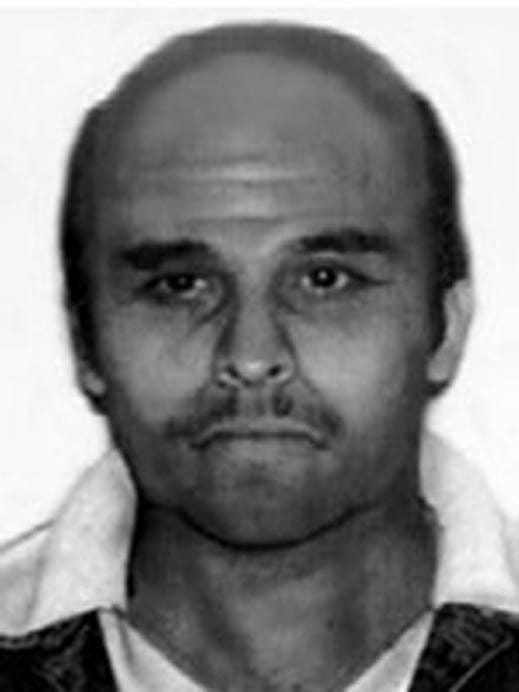
Born in New York City in 1958, Gerena appeared on authorities’ radar after successfully committing a bank robbery in Hartford, Connecticut, on Sept. 12, 1983. According to authorities, Gerena first dropped off his girlfriend at the Hartford City Hall to procure a marriage license for the couple. As an employee of Wells Fargo Bank, Gerena promptly left for work, working close to co-workers James McKeon and Timothy Girard.
At some point during the day, Gerena removed McKeon’s gun, handcuffed him, and bound his other co-workers before unsuccessfully attempting to make them drowsy with an injected mixture of aspirin and water. After that, Gerena placed $7,000,000 in the trunk of his car and disappeared.
After that, Gerena disappears into a shadowy web of fugitive flight and potential country hopping. Some sources say he made his way to Mexico, hopped a plane, and landed in Havana, Cuba. While journalists later attempted to track him down in Cuba, their ventures proved unsuccessful. Still on the loose, the FBI eventually removed him from the Most Wanted list after 32 years. This makes Gerena one of the only fugitives to out-evade (out-live?) the FBI’s most wanted list pursuit.
Donald Eugene Webb
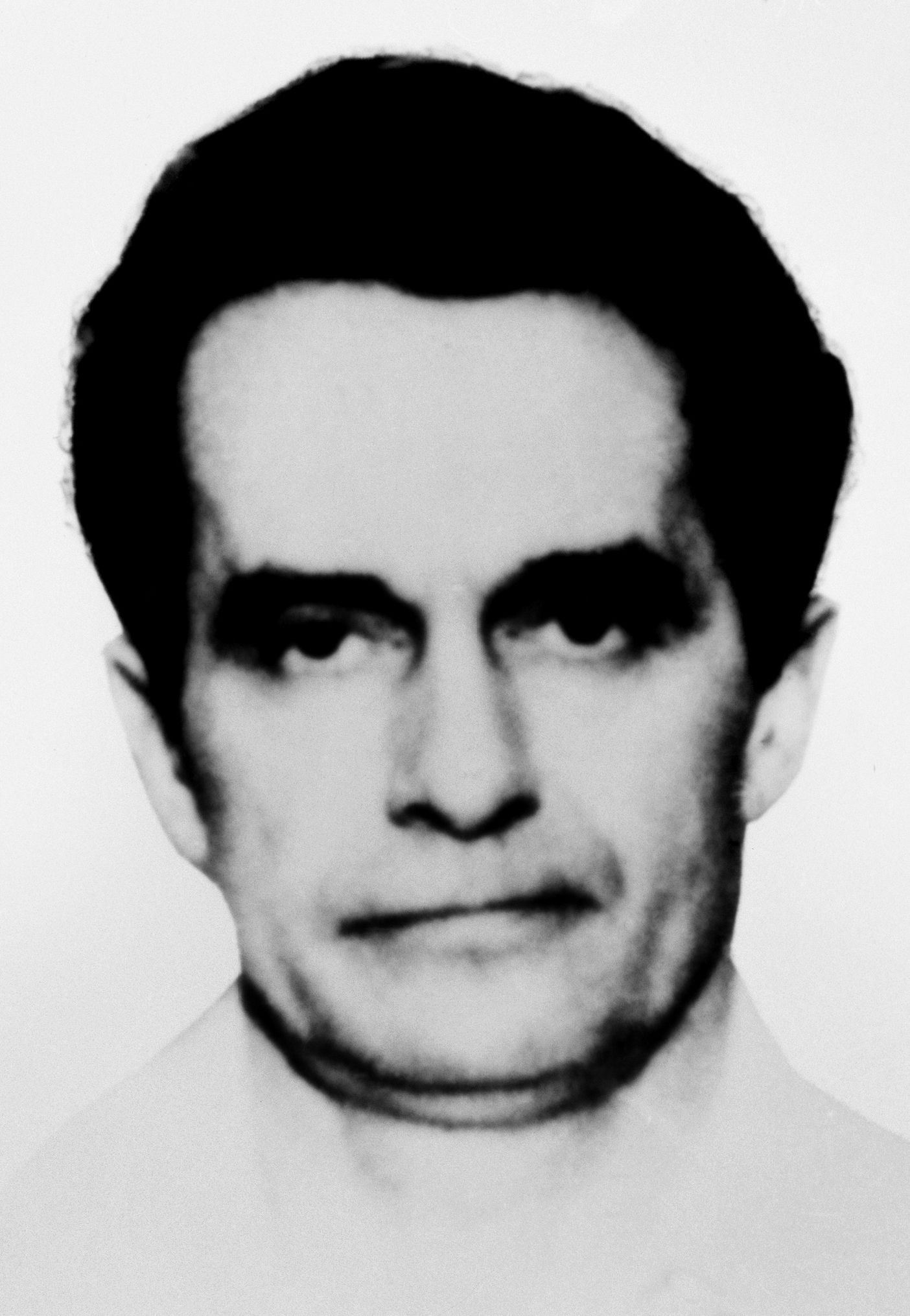
Born in Oklahoma City, Oklahoma, in 1931, Webb worked various jobs such as salesman and butcher before fully committing to the criminal lifestyle. Even before his placement on the Most Wanted list, Webb held convictions for breaking and entering, burglary, and possession of counterfeit money.
He earned his place on the Most Wanted list after a routine traffic stop in Saxonburg, Pennsylvania. There, Webb handed police Chief Gregory B. Adams fraudulent identity documents before shooting him. Though Adams managed to return fire, a struggle ensued which left the police chief dead. After authorities linked Webb to the murder, a nationwide manhunt began. After that, Webb disappeared, save for a letter sent to FBI Director William S. Session in 1990 asking for forgiveness for the murder of Adams.
A break in the case came in 2016 after FBI investigators discovered a hidden room in a house owned by Webb’s wife, Lillian Webb. Faced with prosecution for harboring a wanted criminal, Lillian Webb led investigators to a makeshift grave on her property containing the remains of Donald Eugene Webb. She later confessed to hiding him in two different houses for over 19 years, before he died from a stroke in 1999.
Glen Stewart Godwin

Before his criminal career, Godwin grew up in a normal family and attended high school in Palm Springs, California, where he played trumpet in the school’s brass band. In 1980, however, Godwin and a friend planned to rob a pilot, drug dealer, and former friend named Kim Robert LeValley. After luring LeValley back to their condo, the man was stabbed to death. Godwin and company hid the body in a truck which they dumped out in the desert before setting it alight with explosives. Police, however, quickly identified the body and arrested Godwin and company. Godwin received 26 years to life in prison.
With the help of his wife and a cellmate named Lorenz Karlic, however, Godwin escaped from Folsom State Prison in 1987. After cutting a hole through the prison fence, Godwin absconded down the American River on an inflatable raft. After that, he fled to Mexico. There, he was convicted of drug trafficking and placed in Puente Grande prison in 1991. While the United States attempted to extradite Godwin, he killed a drug cartel member in jail. This delayed the extradition process, allowing Godwin to escape jail again in 1991.
After that, the whereabouts of Godwin turn murky. Though the FBI added him to the Most Wanted list in 1996, they removed him from the rankings in 2016. Authorities believe Godwin resides somewhere in Latin America, still participating in the drug trade. He goes by aliases such as Dennis Harold McWilliams and Miguel Carrera. Authorities consider him armed, dangerous, and an obvious flight risk.
Robert William Fisher

Born in New York City, Fisher enlisted in the United States Navy before finding work as a firefighter. In 1987, Fisher married Mary Cooper and began a tumultuous and eventually fatal domestic relationship.
Reported as a violent and sadistic control freak, Fisher held his family, especially his wife, to cruel, exacting standards and often committed violence against them. Even neighbors knew it, as they heard the Fisher family constantly screaming and fighting from nearby houses. It remains unclear exactly what sparked Fisher to commit a serious crime. However, in the weeks beforehand he made cryptic comments to friends and slowly alienated himself from his church community. On April 9, 2001, a neighbor reported hearing a loud argument in the Fisher home. A few hours later, the house exploded.
Inside the remains of the house, authorities found Fisher’s wife shot in the back of the head and their two children’s throats slit. From there, police tracked his wife’s Toyota 4Runner to a campground in the Tonto State Forest where police found the family dog unharmed but did not find Fisher. A year later the FBI placed him on the Most Wanted list. This ultimately proved unsuccessful, as police found no further trace of Fisher. Former neighbors claimed to see a man resembling Fisher in his old neighborhood at various times. However, he is believed to have either fled the country or died by suicide shortly after the triple murder. In 2021, the FBI removed Fisher from the Most Wanted list. Though speculated to be dead, if alive, he is to be considered armed and dangerous.
Alexis Flores
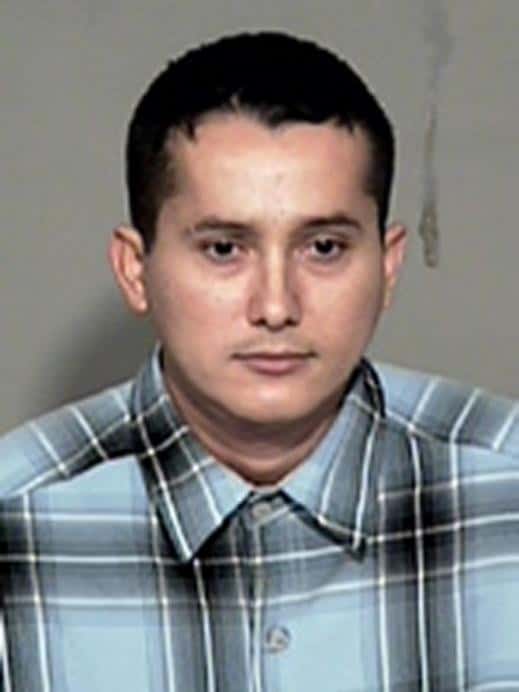
Born in Honduras in 1975, Alexis Flores later emigrated to the United States. Though records are scarce regarding his movements, a drifter named “Carlos” received compassion from a man in Hunting Park, a Philadelphia neighborhood, in the summer of 2000. The man gave “Carlos” food, shelter, and work as a handyman. On Aug. 3, police found the body of 5-year-old Iriana DeJesus in the basement of an empty apartment building near where “Carlos” lived. Found with a distinct T-shirt, the man who gave “Carlos” a chance identified it as a piece of clothing belonging to the man.
Two years later, Flores was arrested under his own name for a shoplifting charge in Arizona. Upon arrest, Flores showed an easygoing demeanor to the police. After being jailed for 60 days, the United States deported him to Honduras. Due to his arrest, Flores’ DNA entered the national registry. A year later, authorities linked Flores’ DNA to DNA found on the body of Iriana DeJesus.
Later that same year, the FBI added Flores to its Most Wanted list. Besides a $250,000 reward offered for information relating to his whereabouts, Flores is also the subject of an Interpol Red Notice. The FBI believes Flores to be hiding either in his native Honduras or somewhere in the United States. Police consider him armed and extremely dangerous.
Jason Derek Brown

Born in Los Angeles in 1969, Jason Derek Brown attended Laguna Beach High School before earning a master’s degree in international business. Fluent in French, Brown also served a mission for the Church of Jesus Christ of the Latter-Day Saints in Paris between 1988 and 1990.
In adulthood, Brown ran two businesses out of his home, Toys Unlimited and On The Doorstep Advertising. To the people around him, Brown portrayed himself as a wealthy and luxurious man. However, Brown defaulted on major loans and owed tens of thousands of dollars in debt. During their later investigations, police believe Brown conducted numerous check and bank fraud scams. They also believe he committed home invasions to support the appearance of a wealthy lifestyle. Things came to a head in 2004, however, after Brown bought a .45 caliber Glock pistol before returning to his temporary home at a hotel in Ahwatukee, Arizona.
A few weeks later, an armored car guard was shot while transporting weekly deposits from an AMC movie theater in Phoenix. While the gunman fled with $56,000, the armored car guard died from his wounds. After police matched fingerprints with Brown, a warrant went out for his arrest. From there, Brown popped up in various places around the country but evaded capture. The FBI placed him on the Most Wanted list in 2007 and received more leads for him than any other suspect. Due to his striking resemblance to actor Sean Penn, one of the actor’s body doubles was once arrested before the police realized their mistake. Authorities differ on Brown’s current whereabouts. Some say he fled to France or Thailand, while others say he remains hidden in plain sight in a strong Mormon community in the United States.
Frederick J. Tenuto
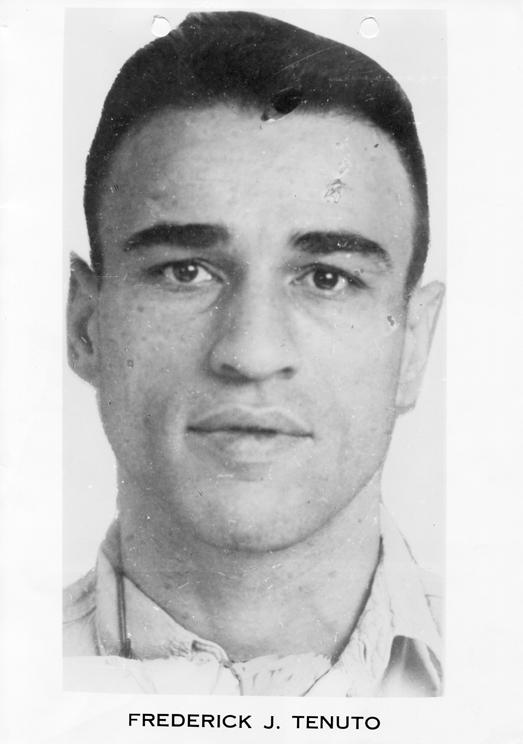
Born in Philadephia in 1915, Tenuto pursued the life of a career criminal from an early age. Even before he landed on the authorities’ radar, he was believed to have served as a contract killer or hitman for several different organized crime groups in the northeastern United States.
He truly came on the police radar, however, after already being in jail. On Feb. 10, 1947, Tenuto, along with four other inmates, including notorious bank robber Willie “The Actor” Sutton, broke out of the Philadephia County Prison. Surprisingly, the convicts eluded capture for several years. In early 1952, however, a man named Arnold Schuster identified Sutton on a New York City subway train, leading to Sutton’s arrest.
Someone murdered Schuster a few days later after he gave a television interview about the incident. Police believed Tenuto murdered him on orders of mob boss Albert Anatasia. While the FBI placed Tenuto on the Most Wanted list in 1950, his whereabouts remained unknown. After reports surfaced suggesting Tenuto was killed and secretly buried somewhere, the FBI removed him from the list in 1964. (For other ghost-like fugitives from the era, explore the FBI’s most elusive fugitives from the 1960s.)
James “Whitey” Bulger
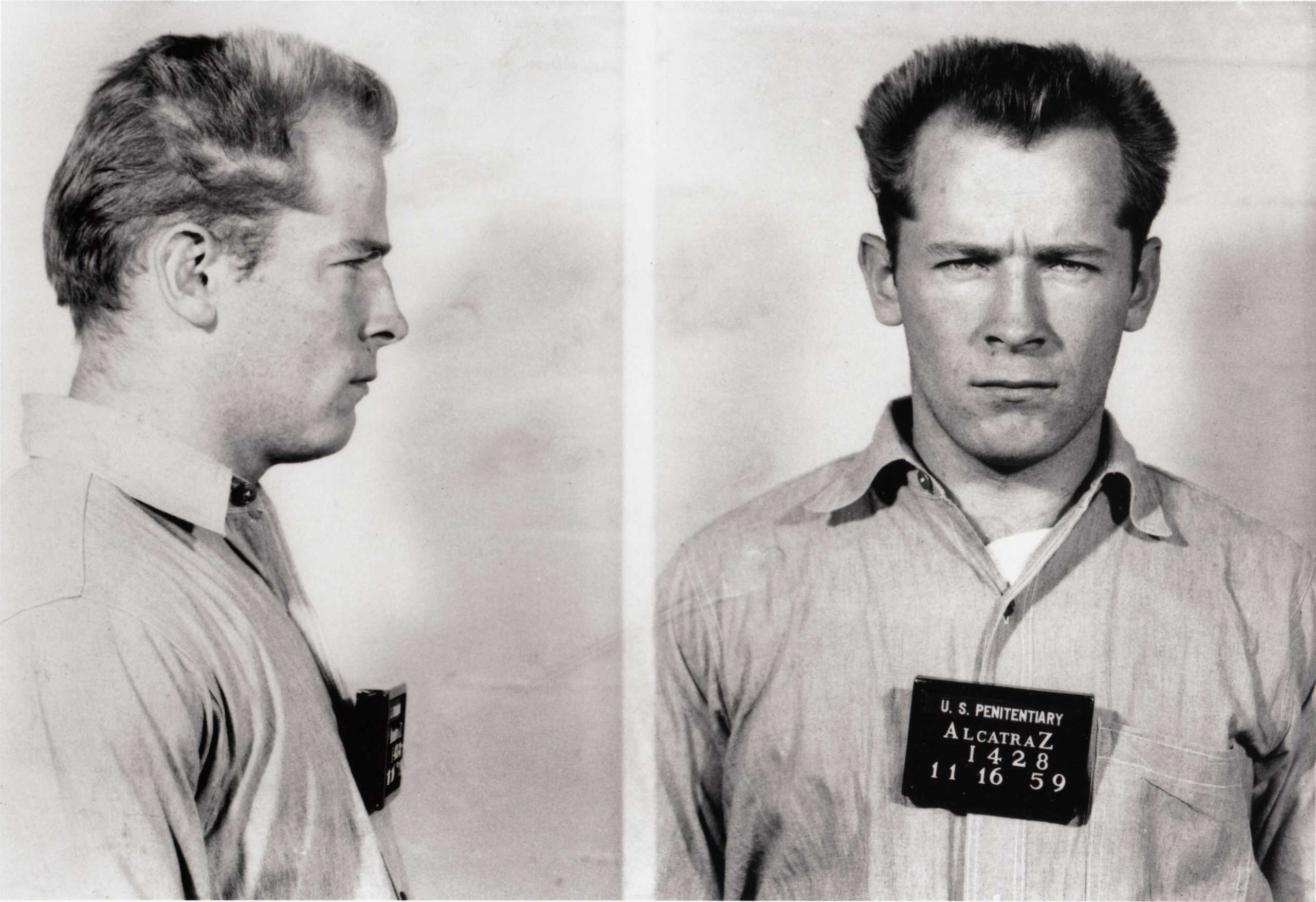
Born in Everett, Massachusetts, in 1929, Bulger became an organized crime boss. He served as the leader of the notorious Winter Hill Gang northwest of Boston.
Though suspected of numerous crimes for decades including robbery and murder, Bulger disappeared after his mole, John Connolly in the FBI, warned Bulger of a pending RICO indictment against him and his gang. While he denied it, the FBI claimed Bulger worked as a federal informant for years. In the role, he provided information about rival organized crime groups. This helped Bulger’s gang to conduct crimes relatively unimpeded. His mole in the FBI later caused great embarrassment for the organization.
In 1994, Bulger fled Massachusetts to parts unknown. For years authorities considered him to be the most wanted person in the world behind Osama Bin Laden. In June 2011, however, authorities apprehended the then 81-year-old Bulger and his girlfriend outside of an apartment complex in Santa Monica, California. Authorities then extradited him to Boston. There, Bulger faced 32 counts of racketeering, money laundering, extortion, and complicity in at least 19 murders. After being sentenced to two consecutive life terms, Bulger eventually transferred to the United States Penitentiary, Hazelton in West Virginia. Shortly after arriving, inmates presumed to be rival mafia associates beat James “Whitey” Bulger to death.
Arthur Lee Washington Jr.
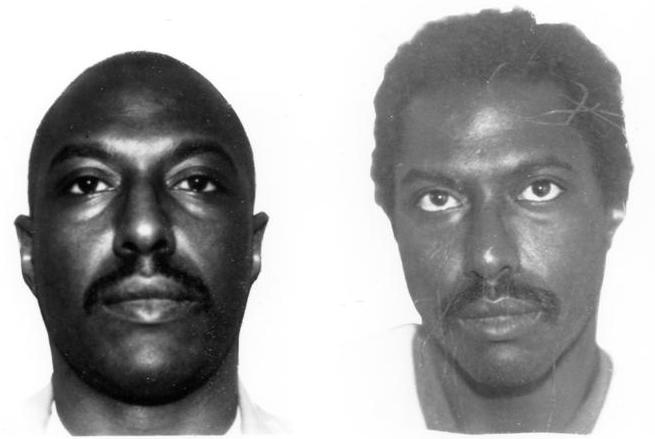
Born in Monmouth County, New Jersey, in 1949, Washington came to the attention of authorities as a member of the Black Liberation Army. On April 12, 1989, a New Jersey state police trooper pulled over a car for an expired inspection sticker. Washington, a passenger in the car, promptly got out and started walking away. The trooper ordered him to stop but Washington ignored him. After the trooper gave chase, Washington pulled out a pistol and a firefight ensued. Though no one received injuries, Washington escaped.
In response, police searched Washington’s apartment and found multiple weapons including a machine gun. Shortly after, federal authorities charged him with unlawful flight to avoid prosecution and attempted murder. Later that year, the FBI placed him on its Most Wanted list. While he remained on the rankings for 11 years, authorities removed him in late 2000. While police in New Jersey still consider him a fugitive from justice, many sources presume Washington to be dead.
Eduardo “Tablas” Ravelo
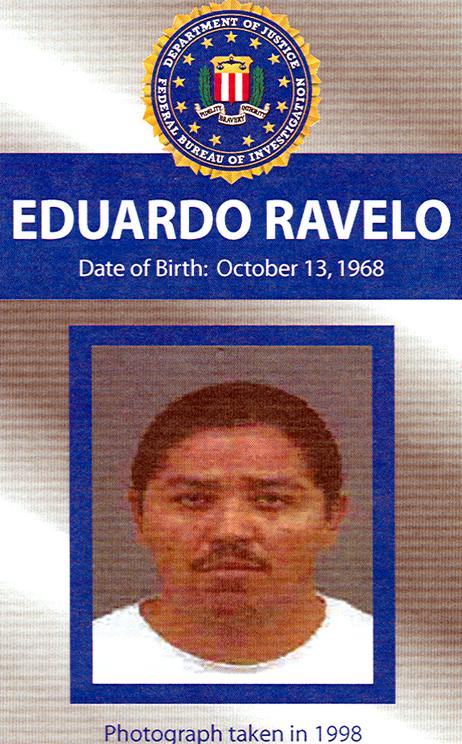
Born in Mexico in 1968, Ravelo came to the attention of authorities as the leader of the Barrio Azteca street gang. Due to his deep connections with Mexican drug cartels, Ravelo rose through the criminal ranks. As leader of the Barrio Azteca, he orchestrated countless kidnappings, robberies, and murders.
In the fall of 2009, the FBI placed Ravelo on its Most Wanted list for several charges relating to drug trafficking and organized crime. For years, his whereabouts remained unknown and authorities suggested he may have hidden his appearance through the use of plastic surgery and other disguises. On June 26, 2018, however, the FBI captured Ravelo along with several other Barrio Azteca members in a police raid in Mexico. (For other controversial Bureau cases, discover the most infamous cases that rocked the FBI.)
